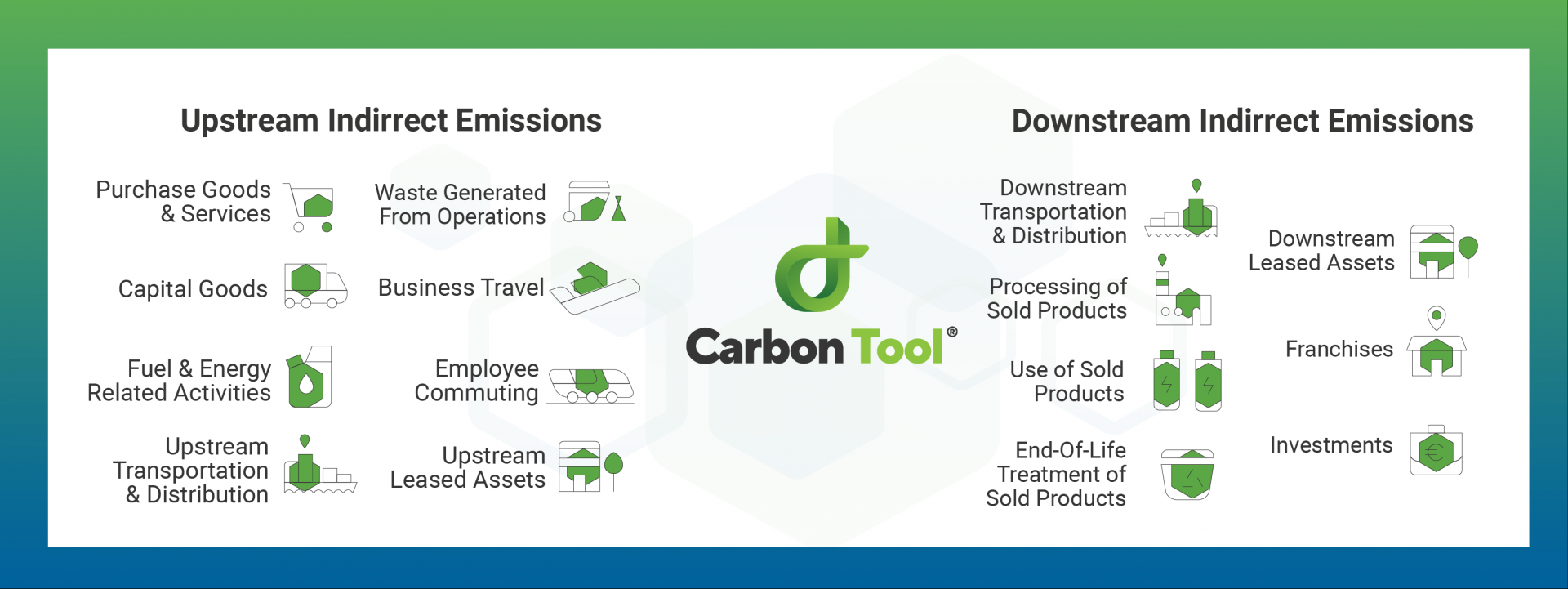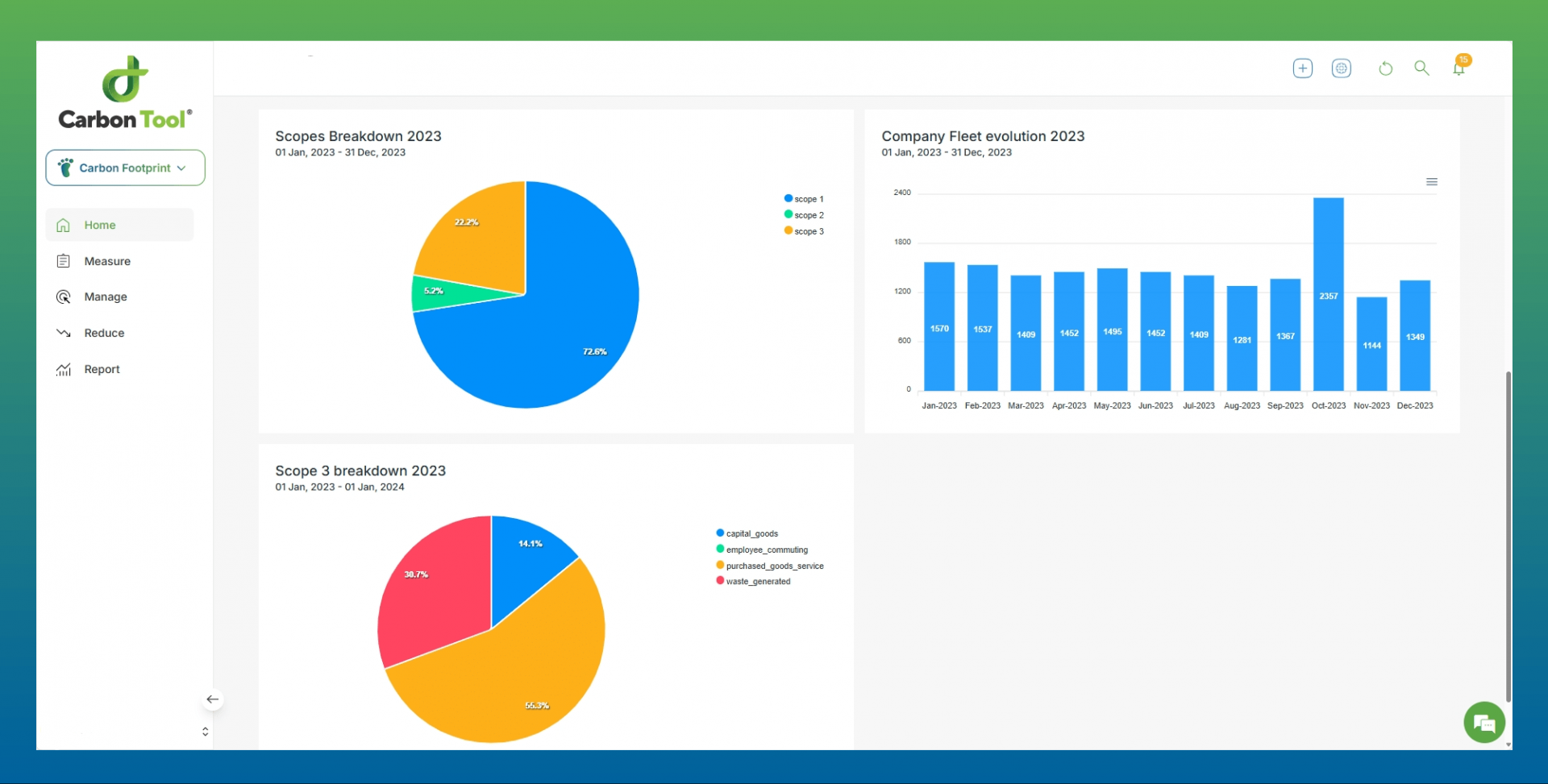Scope 3 Carbon Emissions: The hidden challenge in corporate sustainability
Scope 3 carbon emissions remain one of the most difficult yet critical aspects of corporate sustainability, often representing the largest share of a company’s carbon footprint. Unlike Scope 1 emissions, which stem from direct company activities, and Scope 2 emissions, which cover indirect emissions from purchased energy, Scope 3 emissions encompass all other indirect CO₂ emissions across a company’s value chain.
These emissions originate from a wide range of business activities, including purchased goods and services, employee commuting, transportation and distribution, and even the use of sold products. Given their vast scope, they are classified into 15 reporting categories, making them a complex yet essential component of sustainability strategies and regulatory compliance efforts, particularly under frameworks such as the Corporate Sustainability Reporting Directive (CSRD).
Despite their significance, tracking Scope 3 emissions presents major challenges for businesses. One of the biggest hurdles is data inconsistency, as companies often struggle to obtain accurate carbon emissions data from their supply chain partners. Additionally, the lack of standardization in carbon measurement methodologies creates discrepancies in reporting and benchmarking, making it difficult to compare performance across industries. The process itself is also resource-intensive, requiring businesses to collect, verify, and analyze vast amounts of carbon data—an effort that, without automation, is time-consuming and prone to errors.
To address these challenges, Carbon Tool offers an innovative digital platform that simplifies the measurement, management, and reduction of Scope 3 emissions. Through centralized tracking, automation, and supplier engagement features, it streamlines the complex process of reporting indirect carbon emissions. Businesses using Carbon Tool benefit from efficient carbon data collection, allowing them to gather emissions-related information with greater accuracy and consistency. The platform also provides comprehensive carbon footprint analysis, helping companies measure emissions across their entire value chain and gain actionable insights for reduction strategies.
One of the standout features of Carbon Tool is its supplier collaboration function, which enables seamless data-sharing and enhances transparency, preventing double counting of emissions. Additionally, the platform offers customizable carbon reporting, with automated dashboards and real-time analytics that simplify compliance efforts. By automating carbon data collection, companies can reduce errors, optimize resources, and improve operational efficiency while ensuring their sustainability efforts align with global regulatory requirements.
As businesses face increasing pressure to reduce their carbon footprints, solutions like Carbon Tool play a crucial role in helping them navigate the complexities of Scope 3 emissions reporting. By integrating real-time tracking, automation, and compliance-ready analytics, companies can enhance sustainability efforts, meet regulatory expectations, and drive meaningful carbon reduction across their entire value chain.
Source: Carbon Tool










